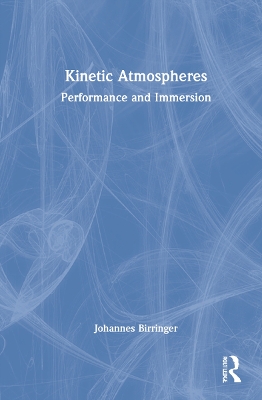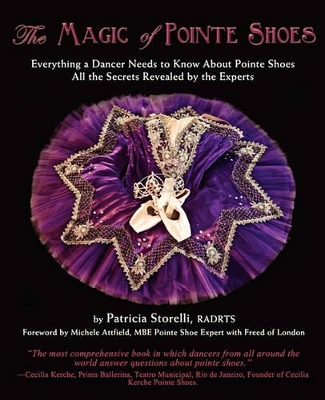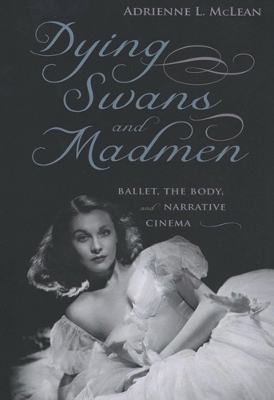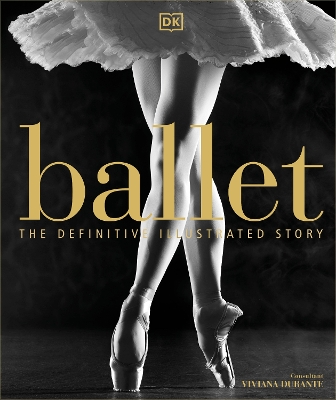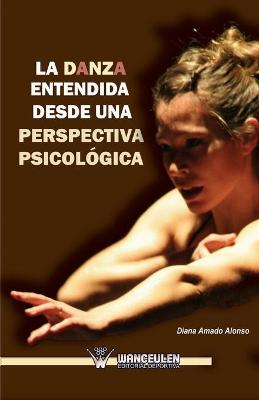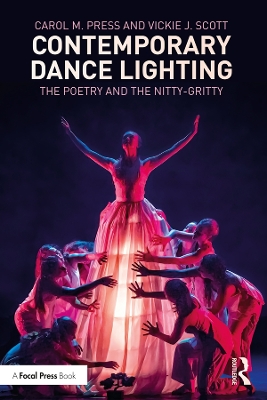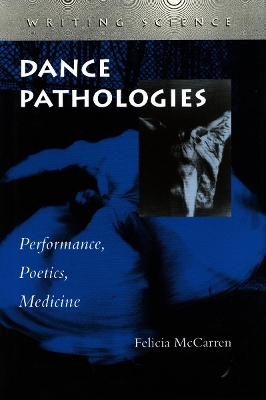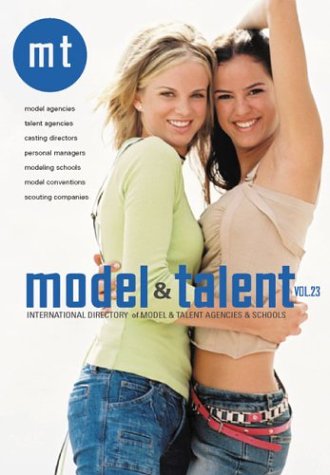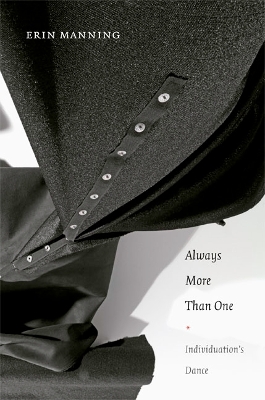Attend a grand ball of the bizarre and never look at dance the same way again! Weird Dance processes through the odd, grim, and unintentionally humorous history of dance, uncovering strange stories and weird facts. These dark tales of murder, rivalry, insanity, and more reveal all sorts of grim goings-on, proving that-for dancers-life was not just one grand plie. Stories include: An elderly woman who stepped out of her Strasbourg home one summer day in 1518 and began to dance furiously; noth...
This book offers a sustained and deeply experiential pragmatic study of performance environments, here defined at unstable, emerging, and multisensational atmospheres, open to interactions and travels in augmented virtualities. Birringer’s writings challenge common assumptions about embodiment and the digital, exploring and refining artistic research into physical movement behavior, gesture, sensing perception, cognition, and trans-sensory hallucination. If landscapes are autobiographical, and...
A fascinating exploration of our reality through the eyes of a physicist and a dancer—and an engaging introduction to both disciplines From stepping out of our beds each morning to admiring the stars at night, we live in a world of motion, energy, space, and time. How do we understand the phenomena that shape our experience? How do we make sense of our physical realities? Two guides—a former member of New York City Ballet, Emily Coates, and a CERN particle physicist, Sarah Demers—show us how t...
From mid-twentieth-century films such as Grand Hotel, Waterloo Bridge, and The Red Shoes to recent box-office hits including Billy Elliot, Save the Last Dance, and The Company, ballet has found its way, time and again, onto the silver screen and into the hearts of many otherwise unlikely audiences. In Dying Swans and Madmen, Adrienne L. McLean explores the curious pairing of classical and contemporary, art and entertainment, high culture and popular culture to reveal the ambivalent place that th...
Uncover the most mesmerising moments in ballet history with this scintillating visual guide.Written with ballet legend Viviana Durante, this book will introduce you to the most famous performers and enthrall you with fascinating stories.Discover more than 70 celebrated dances, from The Nutcracker and Swan Lake to The Rite of Spring. Learn about renowned companies such as The Royal Ballet and the Bolshoi Ballet. Explore the lives of ballet dancers across the centuries, such as Margot Fonteyn, Car...
La danza entendida desde una perspectiva psicologica
by Diana Amado Alonso
Contemporary Dance Lighting: The Poetry and the Nitty-Gritty dynamically guides students toward aesthetically, creatively, and skillfully becoming lighting designers for dance in the 21st century. The book is organized in three parts, covering everything from the aesthetic considerations of lighting for dance to the tools and technology designers use to create compelling artistry. Part I, "Beginnings" establishes context, explaining the structure of the book and illuminating the history of cont...
A transdisciplinary approach to practice-as-research, complete with its own elaborate theory of practice and a set of four multi-year-performance research projects through which the theory plays out. Its methodology is at times ethnographic as Henry Daniel deftly inserts himself and his Caribbean West African ancestry into a series of complex cortical and geographic maps, which become choreographic in every sense of the term. The central argument in the book is based on a claim that human being...
A history of dance’s pathologization may startle readers who find in dance performance grace, discipline, geometry, poetry, and the body’s transcendence of itself. Exploring dance’s historical links to the medical and scientific connotations of a “pathology,” this book asks what has subtended the idealization of dance in the West. It investigates the nineteenth-century response, in the intersections of dance, literature, and medicine, to the complex and long-standing connections between illness,...
Ballroom Dancing
Now in its tenth edition, this classic and comprehensive handbook has been revised to bring it up to date in keeping with changes on the dance floor and in the rules of dance competitions. The Quickstep, Waltz, Foxtrot, and Tango are all illustrated and described in great detail.
Other new features include: .updated pointe shoe size charts .new information about pointe shoe fitting .innovative ways to sew on ribbons .new shoes that compliment dark skin .the subject of touching and sexuasl harassment is addressed .new interviews with famous and highly respected teachers 'an extensive list of colleges and universities that offer ballet and pointe classes .entirely new chapter on sample pointe classes .extensively updated medical section with surprising revelations about an...
A Bibliography of the Dance Collection of Doris Niles & Serge Leslie, Part 2 L - Z
by Serge Leslie
Dancers must learn to negotiate a truly amazing range of physical demands to achieve peak performance and avoid injury. Through hours of rehearsal, technique classes, and performances, both full- and part-time professional dancers must be able to move their bodies with precision and grace through an extended range of motion. Moreover, they must weather the physical stresses of touring, teaching, and, in many cases, working a second job to supplement their income. An accomplished dancer and gymn...
Model & Talent (International Directory of Model & Talent Agencies & Schools, #23)
In Always More Than One, the philosopher, visual artist, and dancer Erin Manning explores the concept of the "more than human" in the context of movement, perception, and experience. Working from Whitehead's process philosophy and Simondon's theory of individuation, she extends the concepts of movement and relation developed in her earlier work toward the notion of "choreographic thinking." Here, she uses choreographic thinking to explore a mode of perception prior to the settling of experience...
Dance, Spectacle, and the Body Politick, 1250-1750
From the mid-13th to the mid-18th century the ability to dance was an important social skill for both men and women. Dance performances were an integral part of court ceremonies and festivals and, in the 17th and 18th centuries, of commercial theatrical productions. Whether at court or in the public theater danced spectacles were multimedia events that required close collaboration among artists, musicians, designers, engineers, and architects as well as choreographers. In order to fully understa...
Ballets, Opera Et Autres Ouvrages Lyriques, (Ed.1760) (Arts)
by de la Valliere D


